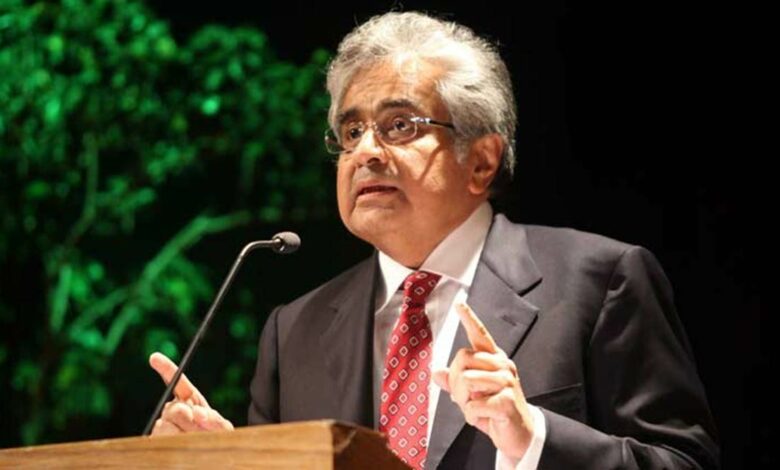Courts must be open to public scrutiny, criticism: Salve

Senior Supreme Court lawyer Harish Salve has said courts must be open to public scrutiny and criticism as “institutions of governance”.
Addressing a lecture organised in Ahmedabad through video-conference on Saturday, Salve said criticism of judges, judicial overreach and the manner of functioning is not scandalising courts, and the language in which such criticism is addressed should be treated with a grin.
“We today have accepted that judges, or rather courts, and especially constitutional courts, have become institutions of governance. As an institution of governance it must be open to public scrutiny and public criticism,” he said.
“We have always accepted that the decisions of courts can be criticised, including in language which may be impolite. So the decisions can be criticised. Can we criticise the decision-making process? Why not?” Salve said.
He was addressing the 16th Justice P D Desai Memorial Lecture on’Criticism of judiciary, contempt jurisdiction and its use in the age of social media’.
“Governance has to be under the sharp blaze of sunlight…in fact, I think a time may come when the Supreme Court may seriously consider a very large number of provisions of the Official Secrets Act, how far do they square with democracy,” he said.
Most of them have fallen into disuse, said Salve, who was last year appointed the Queen’s Counsel for the courts of England and Wales.
To say an institution has lost its independence, to say that an institution is acting at the behest of someone, to allege corruption–that, if it is established to be untrue, is clearly undermining public faith, Salve added.
“This residue of power to deal with those who are capable of influencing public opinion…you may be in public life, influencer.
“Those are cases where courts must retain with itself this slender jurisdiction of addressing any rupture in public faith which may be caused,” he said.
Salve further said “if we do need the principles of contempt, where do we draw the lines?”
The lines must be drawn in a way that the overall system of governance–the institutions and the criticism of the institutions–helps everybody march forward in this march of democracy.
“There is one area where I think judges need to be protected. And that area is casting aspersions on an institution in consistent with its character as an independent institution,” the former solicitor general of India said.
He said courts need not pay heed to tweets by those who have nothing better to do but to sit with a mobile phone in their hands and pass judgments, specially on things which they do not understand.
At the same time, criticism by a politician or those who can influence public opinion raises a different issue, he said.
These are the cases “where the courts must retain with itself this slender jurisdiction of addressing any rupture in public faith which may be caused,” he said.
He also said the Bar must act against judges and courts being criticised, and must deal with ill-informed criticism as a part of the system.




